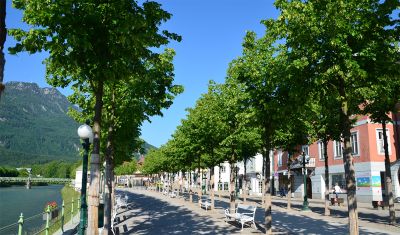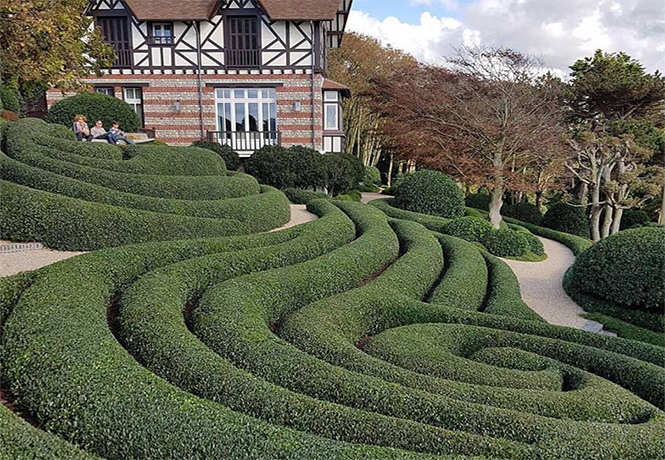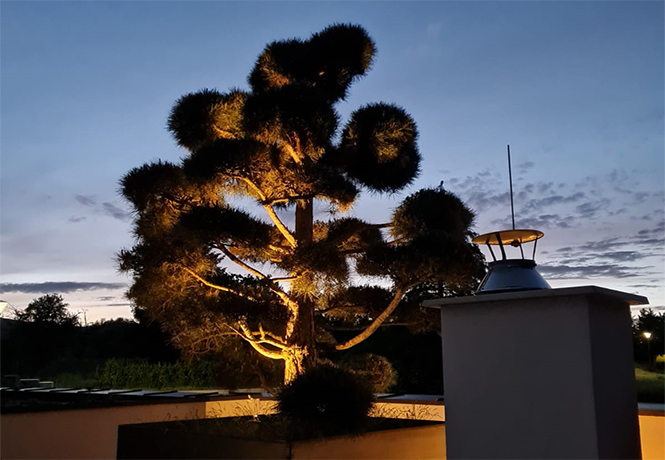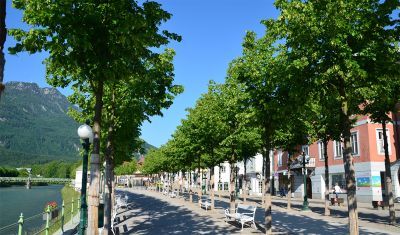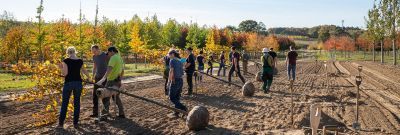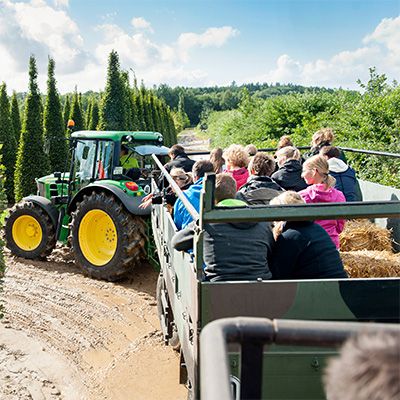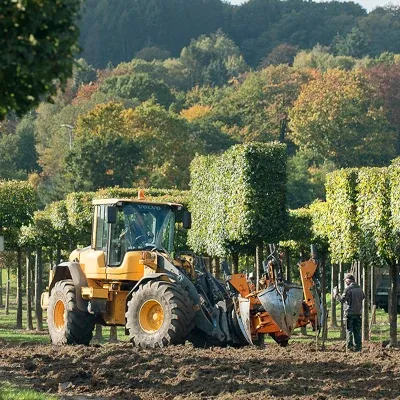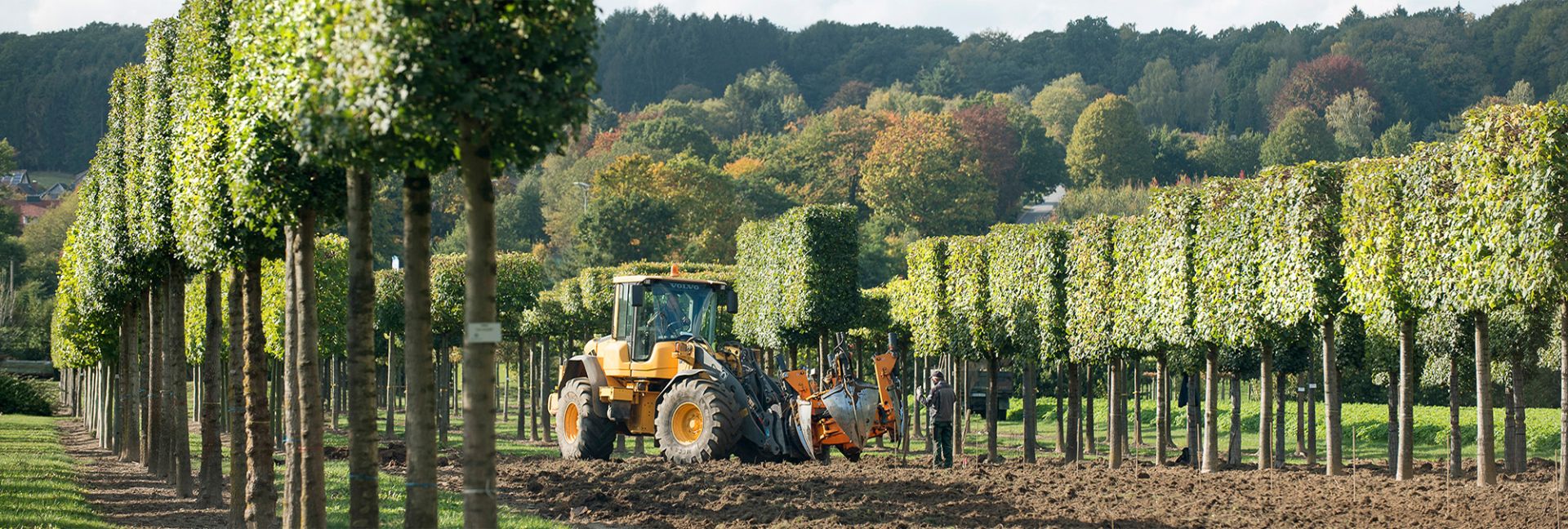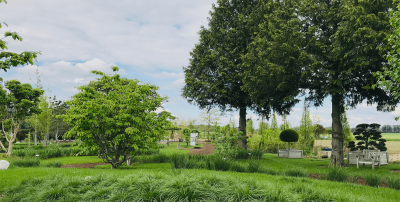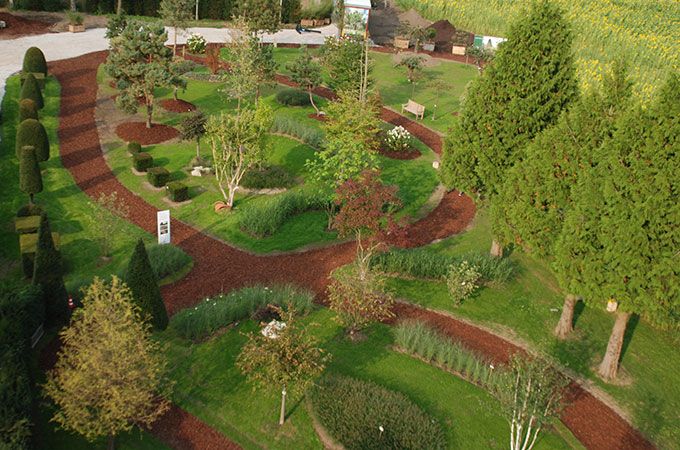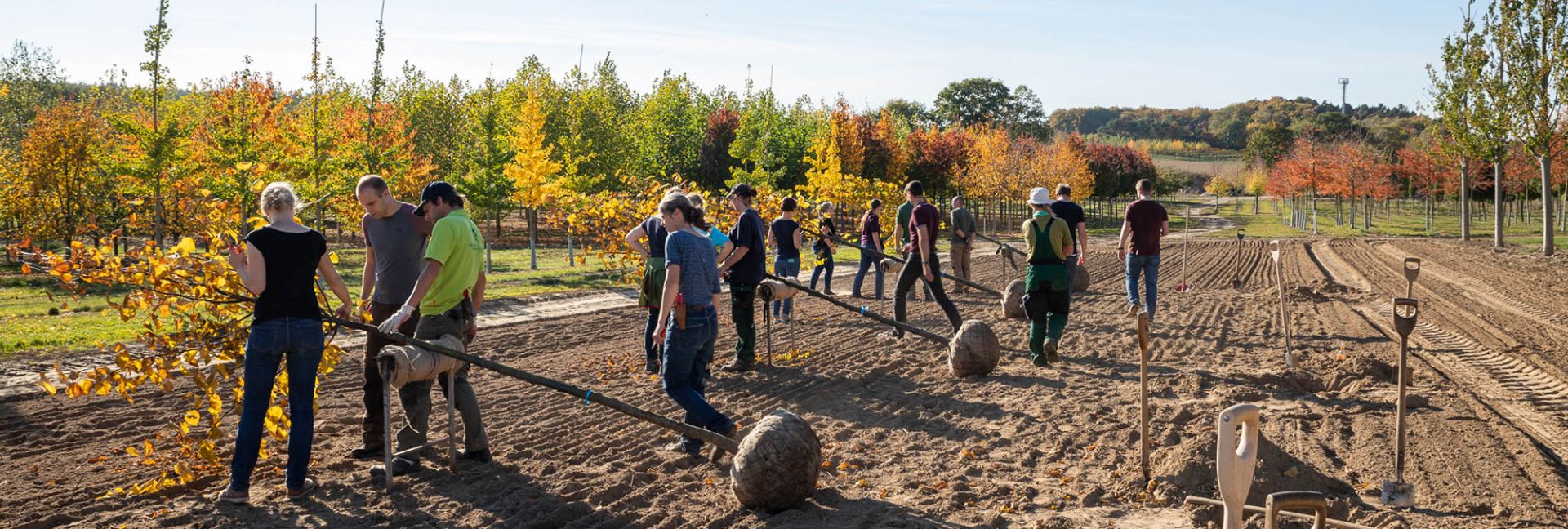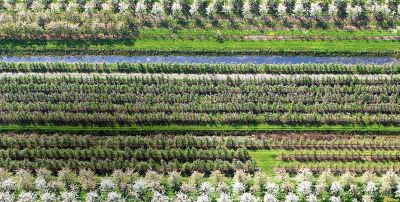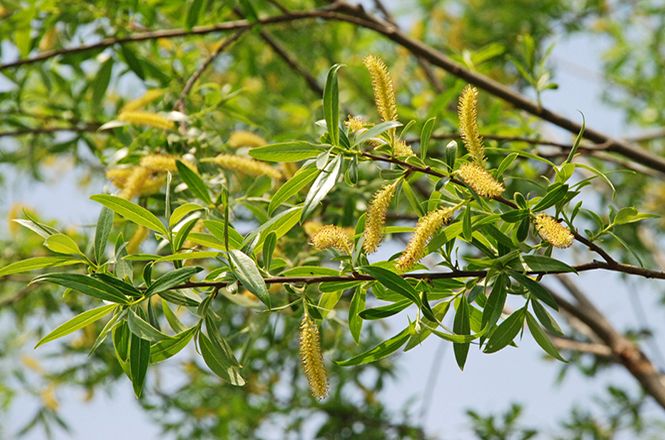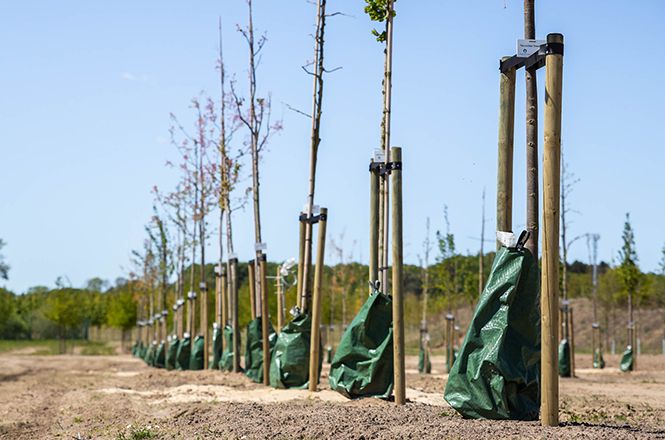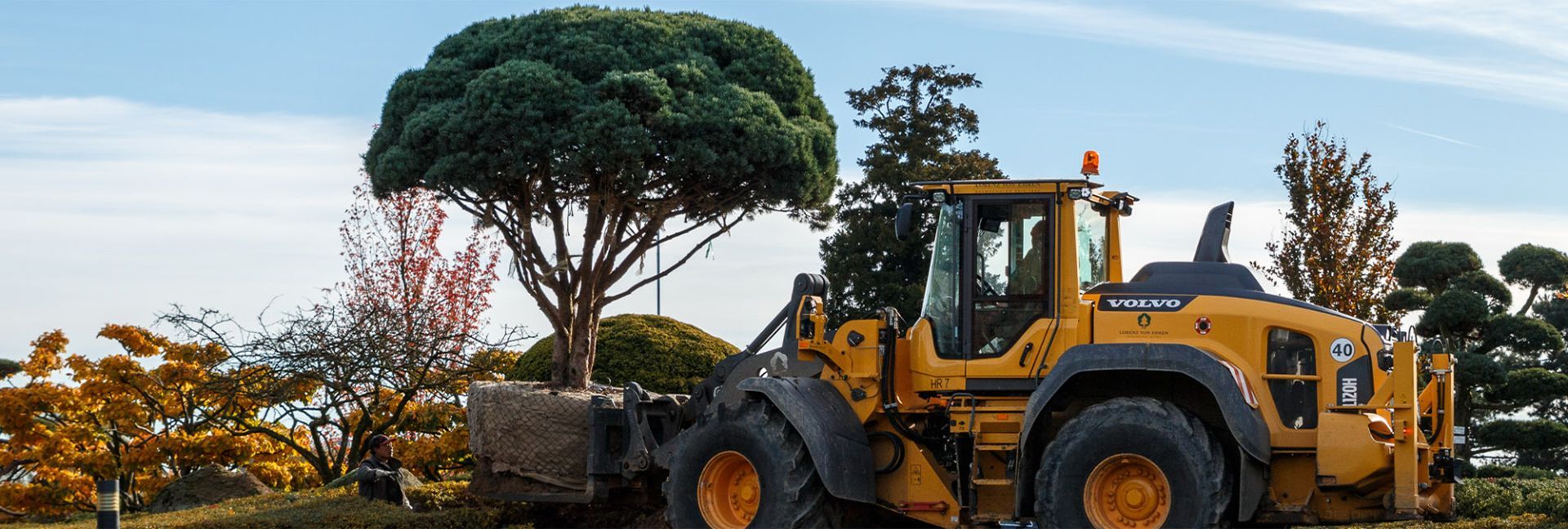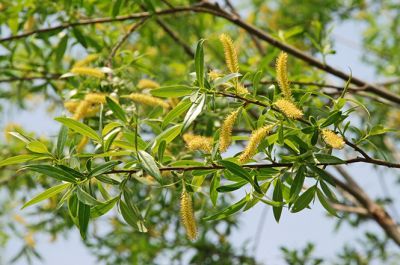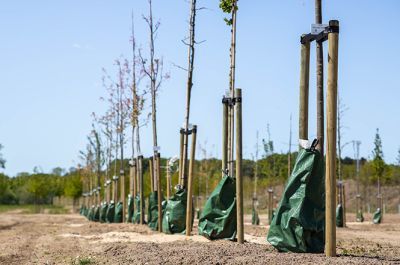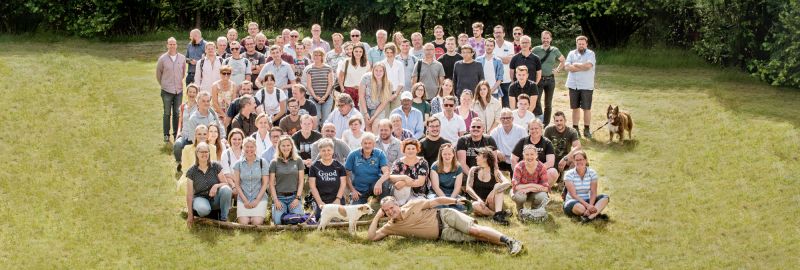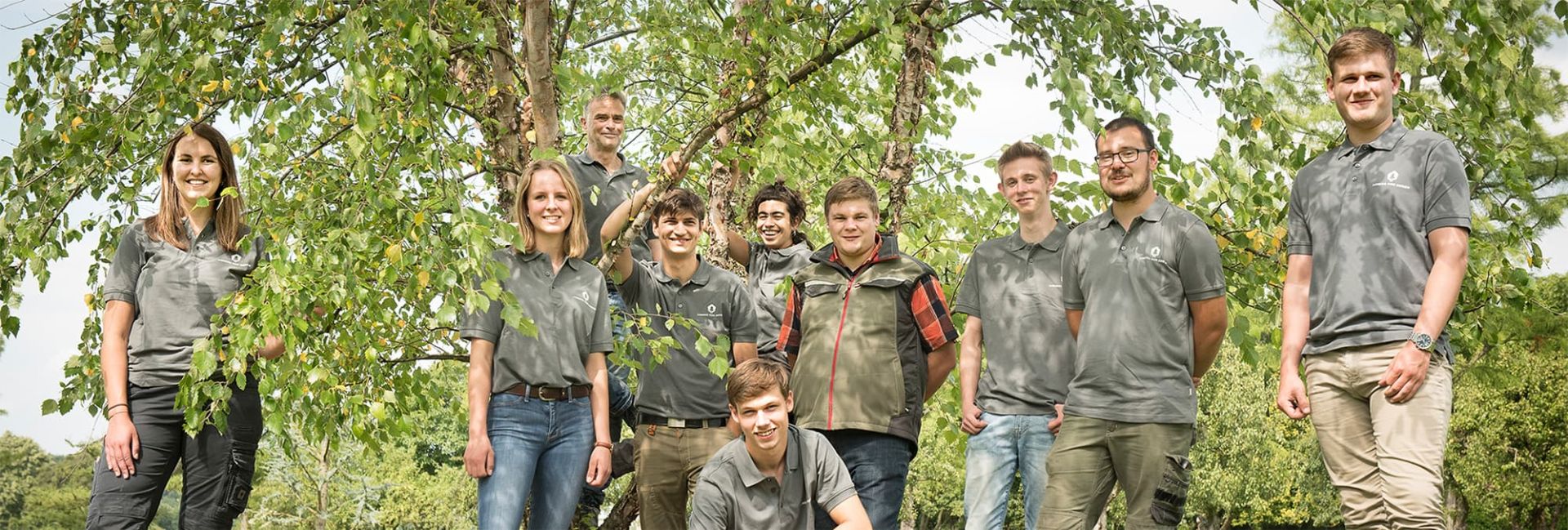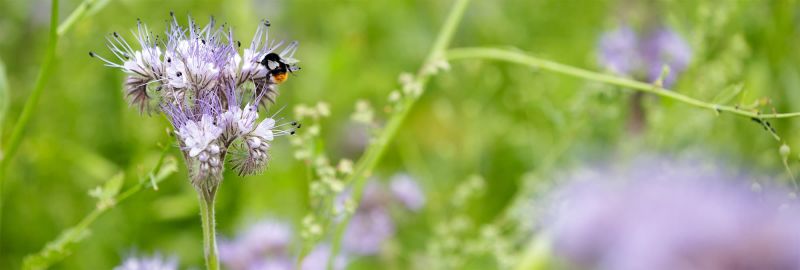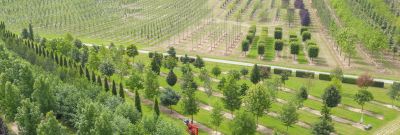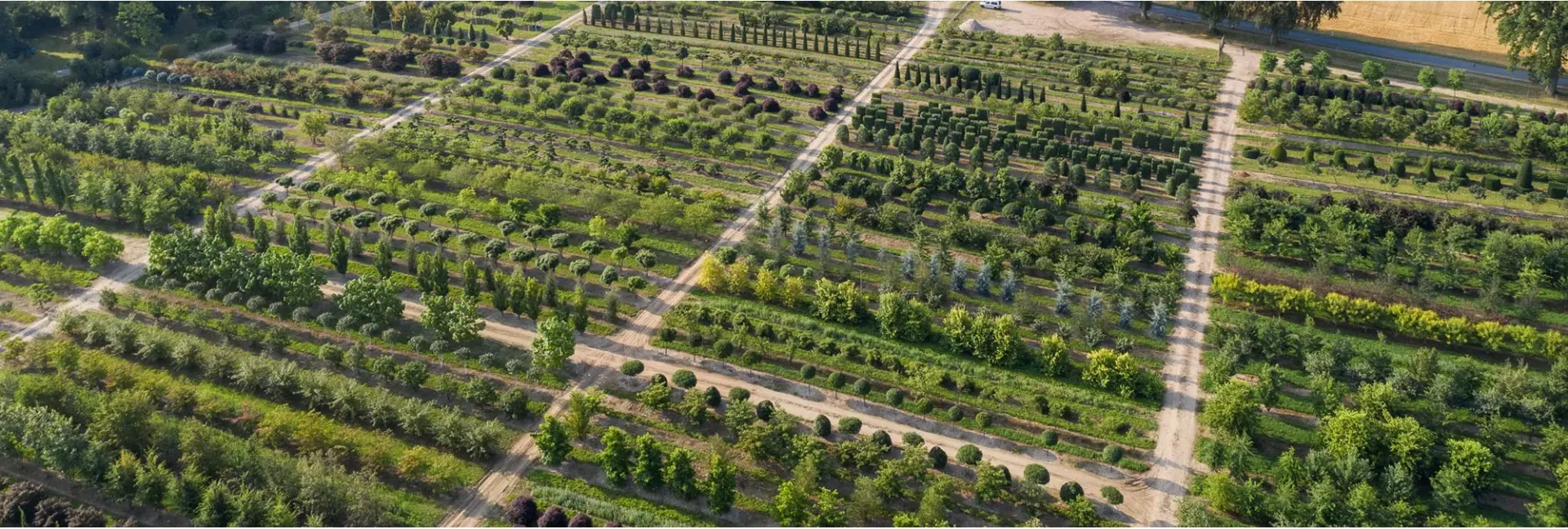Taxus baccata - Common Yew, English Yew
Variety overview
- T. baccata
- T. baccata 'Aureovariegata'
- T. baccata 'Dovastonii Aurea'
- T. baccata 'Dovastoniana'
- T. baccata 'Fastigiata Aureomarginata'
- T. baccata 'Fastigiata Robusta'
- T. baccata 'Fastigiata'
- T. baccata 'Nissens Corona'
- T. baccata 'Nissens Präsident'
- T. baccata 'Overeynderi'
- T. baccata 'Repandens'
- T. baccata 'Semperaurea'
- T. baccata 'Summergold'
- T. baccata 'Washingtonii'
Specifications:
Origin:
Indigenous
Habit:
Usually multi-stemmed, medium-sized tree, sometimes only large shrub;(3) 5-15 m tall, 5-10 m wide, broadly conical or ovoid, later domed or round crown; branches asymmetrical; diagonally or arching upright twigs nodding to pendent; branches to the ground; slow-growing, 10-30 cm a year.
Flowers:
Dioecious, inconspicuous.
Fruits:
Red, fleshy arils, ca. 1 cm large, greenish seed inside.
Leaves:
Shiny dark green to black green needles, light pale green underneath, arranged in two lines, 2-3 cm long, more radial on the shoot tips.
Roots:
Cordate to deep roots; intense, dense fibrous root system.
Demands:
Sun to semi-shade, full shade tolerated but not favourable; tolerates warmth, usually frost hardy; tolerates urban environments, moderately wind resistant; good for cutting.
Soil:
Moderately dry to moist, likes high humidity, slightly acidic to alkaline on all substrates except peat; if humidity, heat, and humus in the soil is high, the plants will probably suffer from fir-tree weevils.
Note:
All parts of the yew are poisonous except for the red seed casing! Taxus baccata takes well to cutting into old age, even shooting from sawed off stumps; it can be trained well.
Hardiness:
Zone 6a

